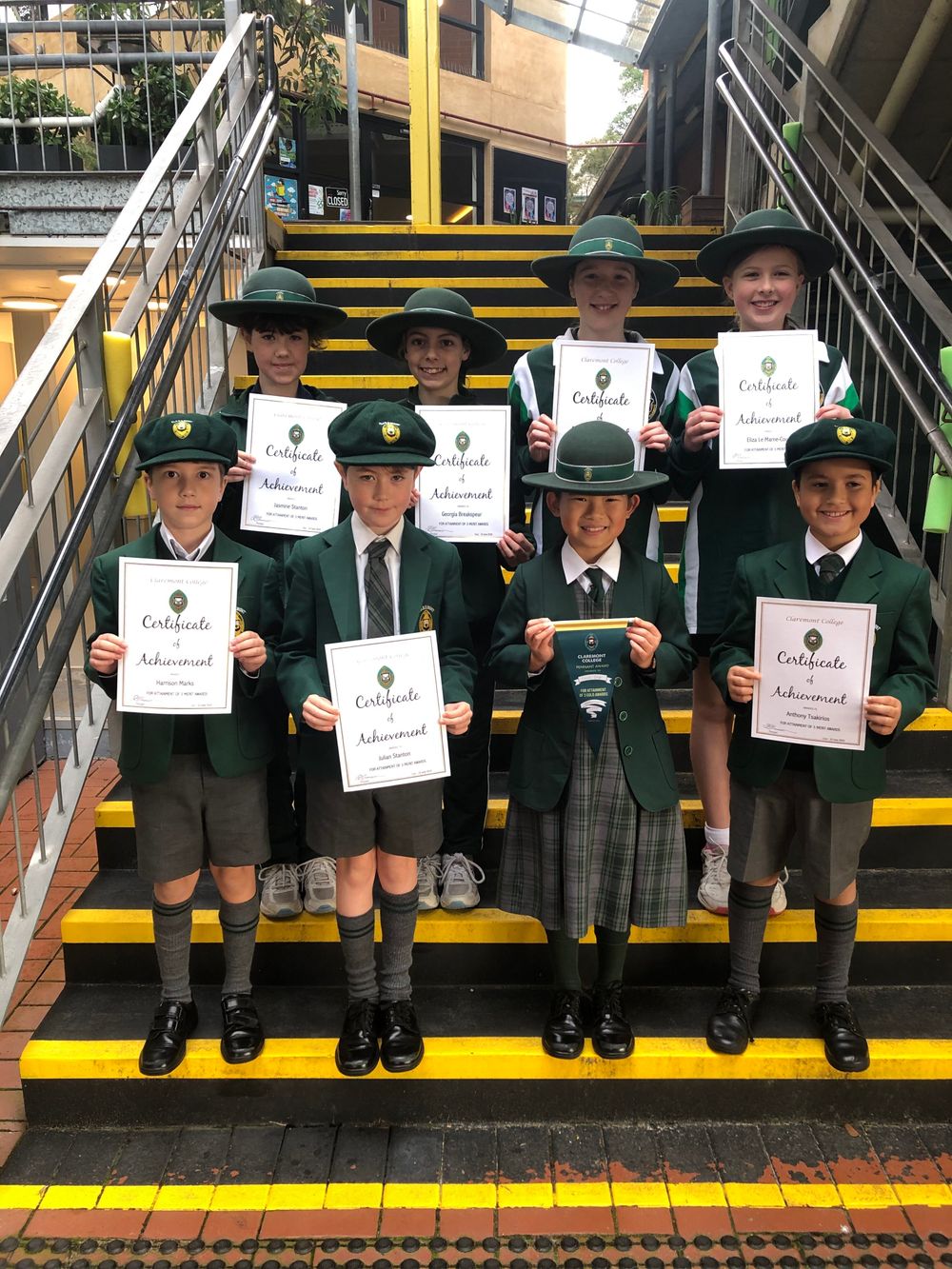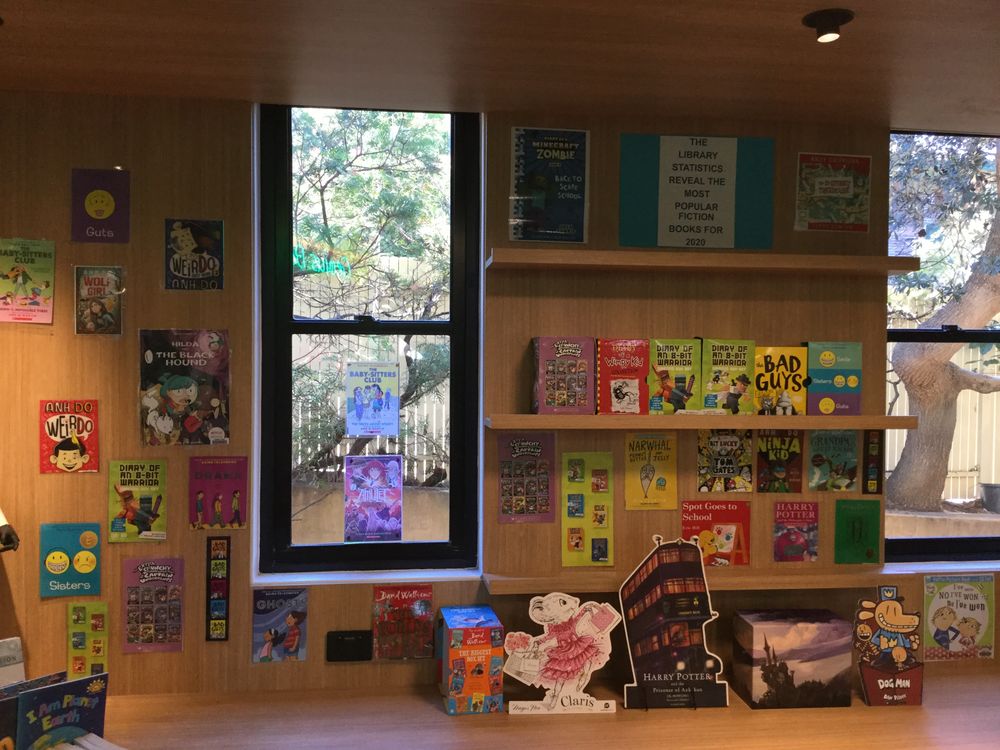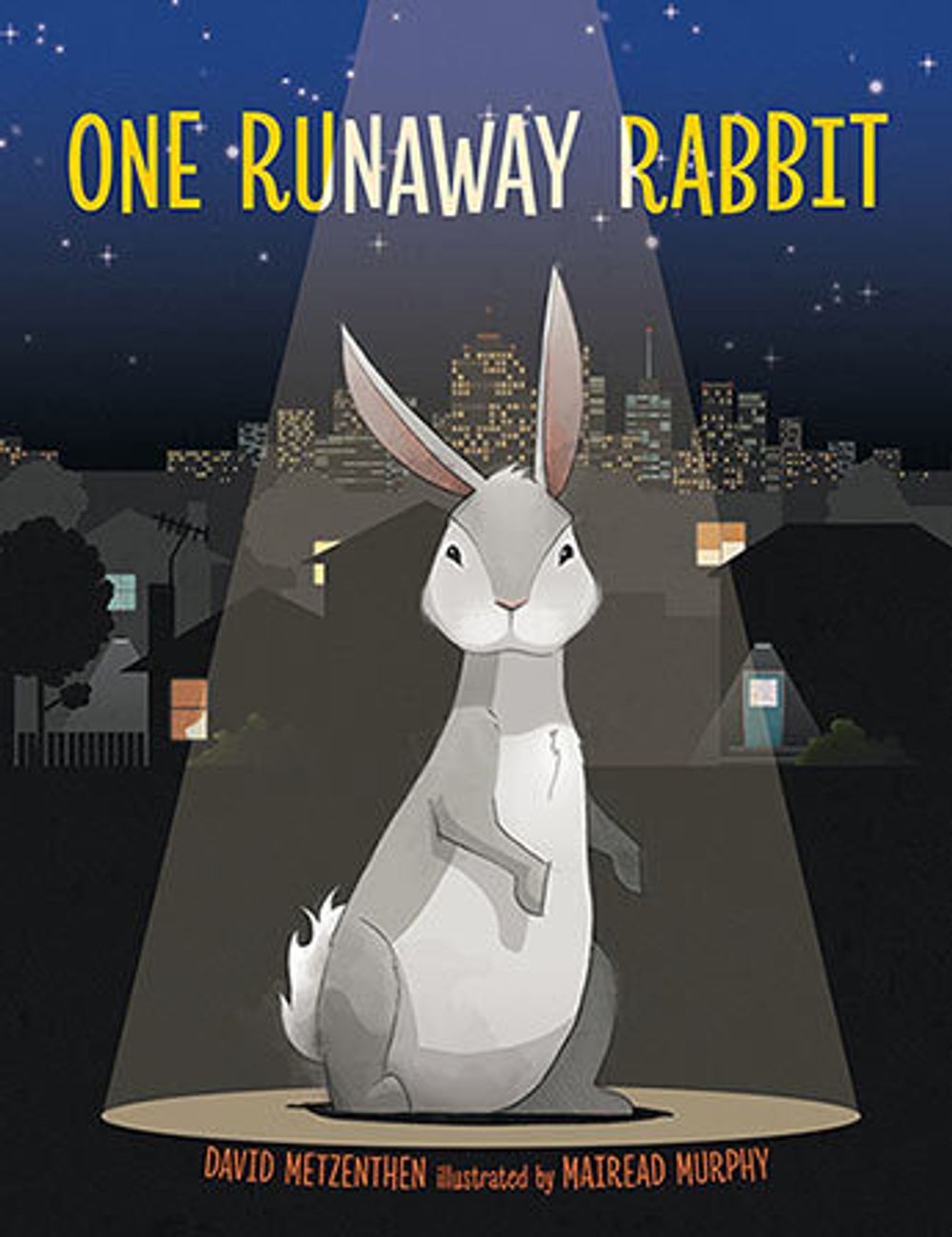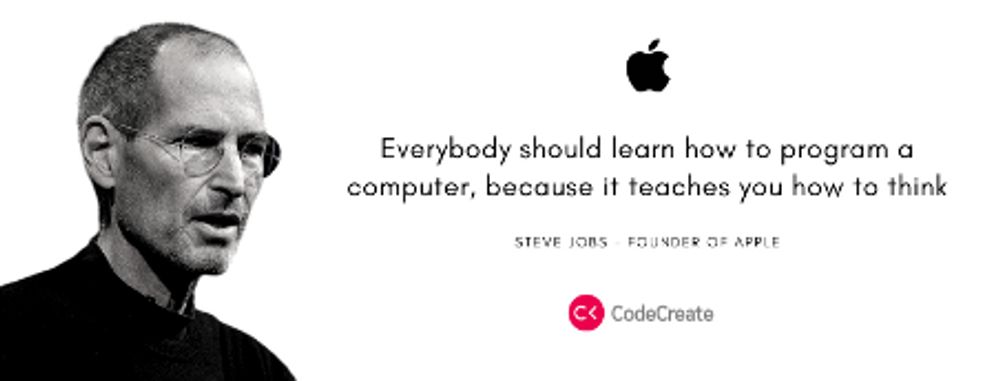At Claremont College we have a fundamental duty of care to protect children. Our Protective Behaviours sessions are embedded into everyday lessons and conversations. It's also very important, from time to time, to explicitly address areas of potential risk to wellbeing such as road safety, stranger danger, cyber and e-safety, beach safety, grooming and predators, and potential dangers at school, home and in our community.
These Protective Behaviours lessons, led by Mrs Cameron and Miss McKersie, combine explicit teaching, examples, role plays and provide strategies that, in an age appropriate way, allow children to process, discuss and practice how to keep themselves safe in a range of potentially unsafe situations. Increasing awareness of self and others is a crucial part of these lessons as we focus on how the body's early warning systems often kicks in to try and warn us of potential dangers and how important it is to be aware and listen to these warnings.
During this week’s Protective Behaviours session, we discussed the following:
- Everyone has the ‘right’ to feel safe... We discussed how a ‘right’ - is something all humans should expect, that it doesn’t have to be earned and no-one can take it away from you.
- With rights comes responsibilities... Importantly just as it is right to be safe, it is also our responsibility not to make others feel unsafe with our words or behaviour.
- Our school rules, ‘Be Safe, Be Respectful and Be a Learner’ help guide us in our choice of action (whether it’s our words or behaviours) to make sure everyone does feel safe.
- We encouraged the students to develop their awareness of ‘what does it feel like to be safe?’. We discussed what it means to feel a sense of feeling secure, loved, warm, cosy, protected and cared for – and understanding we can see these as all examples of comfortable feelings.
- We also discussed the students’ understanding of ‘what does it feel like to be unsafe?’. We talked about feelings like being frightened, afraid, worried and feeling not cared for and names these as uncomfortable feelings.
- This has been linked to how we can make good choices that promote our safety and the safety of others, in a respectful manner. So for instance, if someone were to hit us in the playground, they have chosen a behaviour that is unsafe and would upset us. In response, rather than hitting them back, we can choose to use our words wisely. Eg: “I don’t like it when you hurt me, it makes me feel sad’; and then tell a teacher/s.
- These sessions included by reviewing how emotions and feelings are expressed in our body, showing up on our faces and our body in different ways. Being able to be aware of these signs and see them as our ‘body’s alarm system’ that’s advising us to take action to keep ourselves and others safe.
- We encouraged the students to understand, that if they feel uncomfortable or unsafe, when someone says something or does something like touch you, think of it like an alarm. It is important to use then use your words and actions to stay safe - Say in a big voice - “No! I don’t like it.”
- Understanding the differences in touch - It is important for the students to understand how physical touch can be different and give us both comfortable and uncomfortable feelings. Touch can vary according to the intention, the time, the place and who is the one touching you.
○ Eg: When your mum gives you a hug compared to a hug from an acquaintance of the family, or someone hugging without permission.
○ Eg: Someone pinches you in the playground…
○ Eg: Being tickled...may be very different from a sibling to a stranger
○ Eg: Being touched on your privates…
- Tell an adult who you know, who cares for you - like a parent, teacher.
- Stranger Danger, understanding that it is hard to tell a safe stranger from an unsafe stranger. SO making sure you never leave a shop, park or beach with a stranger, never get into a car with a stranger even if they say they know your parents. especially when at the shops, the park or the beach.
At Claremont College we teach these lessons every term. Unfortunately, the statistics shows that the transference of information from what children learn in class to other contexts is sometimes poor, so we encourage you to discuss with your child the content of the lessons as you begin the holiday break and revisit the topic from time to time. Thank you for your support with this, as we endeavour to empower our Claremont children to feel safe in our community.
The following resources may assist you when discussing this topic with your child:
Some Secrets Should Never Be Kept by Jayneen Sanders
A children’s picture book to keep kids safe from sexual abuse
Michael’s Bubbles by Justine O’Malley
A Protective Behaviours story book about personal space
My Body Belongs to Me by Jill Starishevsky
The rhyming story and simple, friendly illustrations provide a way to sensitively share and discuss the topic, guiding young children to understand that their private parts belong to them alone
Smart Parenting for Safer Kids by Professor Freda Briggs AO
Her latest books covers Bullying, Cyberspace and Internet Safety and Sexual Abuse
A Secret Safe to Tell by Naomi Hunter
This book encourages and empowers children to speak up if someone is touching them in a way that makes them uncomfortable
Larissa Cameron and Catherine McKersie
Deputy Principal and School Counsellor
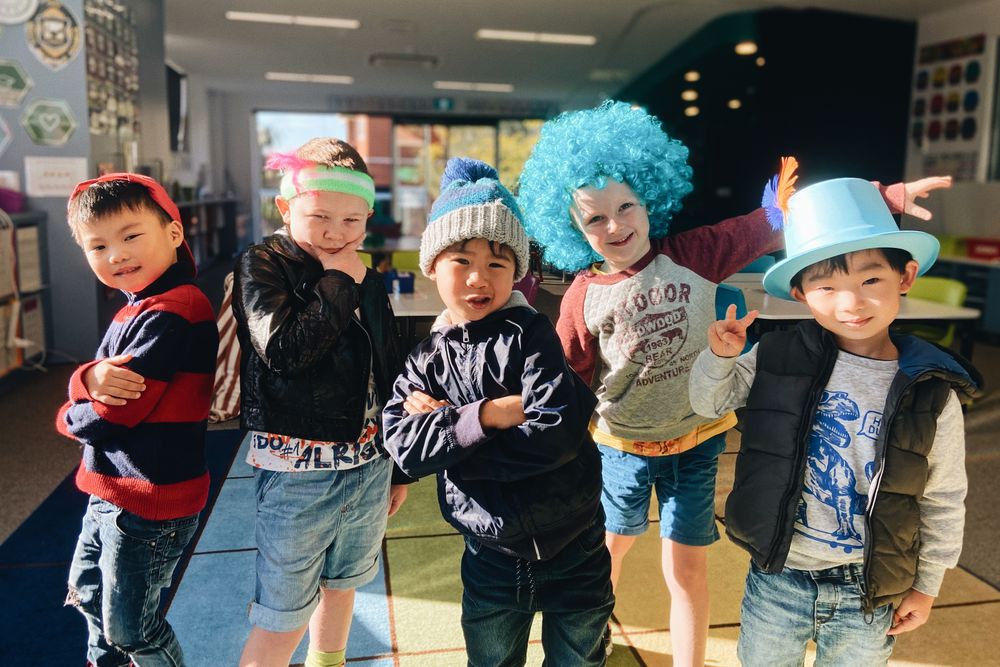
 Follow me
Follow me 